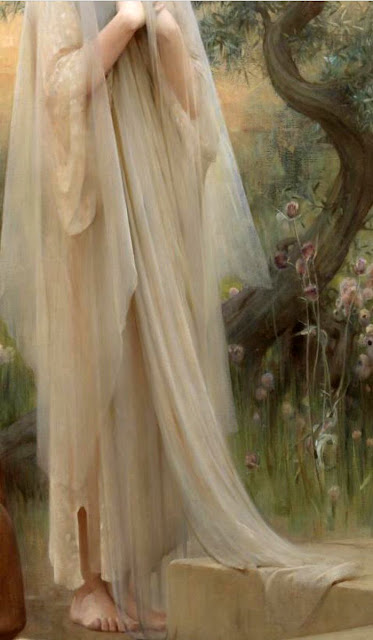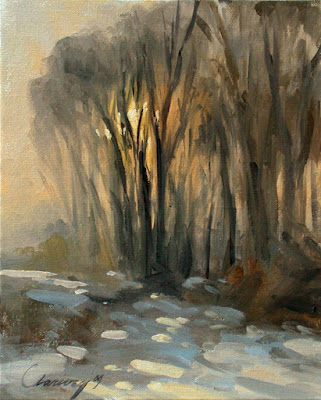"SWIMMING-IN-PAINT"
3- Day Workshop
"ABOUT THINKING BIG WHEN IT COMES TO OUR ART"
November 4th - 6th
10:00 am to 2:30pm (Lunch break at 12:15)
The team will meet in CLASSROOM 1
Contact Crossroads Art Center for details 804.278.8950
"Swimming in Paint" is always about following the light, painting shapes with colour and energy!
Over the weekend, at Crossroads Art Center, the team will again step up to the "BIG" challenge "THINKING BIG WHEN IT COMES TO OUR ART" The 3-day workshop is primarily to push the team beyond a safe space.
As painting coach I urged the use of long broad deliberate strokes. This is a wonderful opportunity to explore energy painting, moving with the natural lines of our subject - stepping back to observe progress and adjusting our progress. Working towards the ultimate goal, intuitive painting......it requires some confidence and space to do it.
One of my most favorite things we did in Swimming-in-Paint was the 3-day Large Format workshop last month. We set up (2) workshops towards the end of the season to give the team an opportunity to show their stuff! The team relentlessly explores different painting subjects each week, working on paint quality, continually studying composition at a distance and closeup into finished paintings.
This is another wonderful opportunity for team members to bring all their experience gained each week doing 30x30s to a "BIG" conclusion.
SOLO EXHIBIT - SIZING UP
As painting coach I urged the use of long broad deliberate strokes. This is a wonderful opportunity to explore energy painting, moving with the natural lines of our subject - stepping back to observe progress and adjusting our progress. Working towards the ultimate goal, intuitive painting......it requires some confidence and space to do it.
One of my most favorite things we did in Swimming-in-Paint was the 3-day Large Format workshop last month. We set up (2) workshops towards the end of the season to give the team an opportunity to show their stuff! The team relentlessly explores different painting subjects each week, working on paint quality, continually studying composition at a distance and closeup into finished paintings.
This is another wonderful opportunity for team members to bring all their experience gained each week doing 30x30s to a "BIG" conclusion.
"THINK BIG"
SOLO EXHIBIT - SIZING UP
The Cultural Arts Center at Glen Allen
Gumenick Family Gallery
Blue Iris & Lilies 84x72 oil on linen (7-30-13)
(6048 sq. in.)
The ultimate goal of "Swimming-in-Paint" is to discover that "Signature Look" in a team member!
While we could end up with a masterpiece, this exercise is not about making a masterpiece. If it doesn't work, wipe it off, jump in again - always with energy!
PROJECT INFORMATION
- There will be 5x7 references to work from - each will have a clear painting idea.....choose one and run with it!
- If a team member has a special idea they want to paint, that's OK, providing it represents a solid single idea. Otherwise be prepared to paint one of references provided.
- Canvas requirement 1700 square inches or larger. Canvas, preferably Centurion double primed oil linen. A limited supply of smooth stretched oil primed linen gallery wrap canvas will be available.
40x44 - (1760 sq. in.) $90.00 each
44x48 - (2112 sq. in.) $100.00 each
48x56 - (2688 sq. in.) $125.00 each
"SUPPLY IS LIMITED - CALL TO RESERVE ONE OF THESE CANVAS"








































































